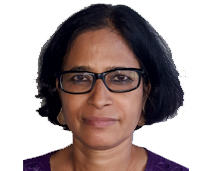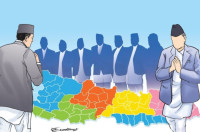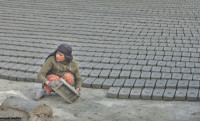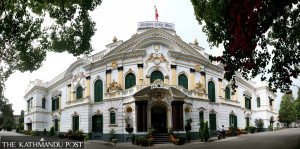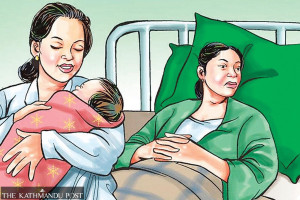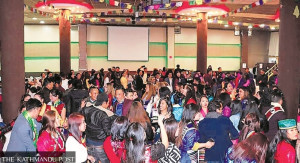Columns
State and statelessness in South Asia
Refugees are seen as ‘unwanted’ people and a drain on limited resources.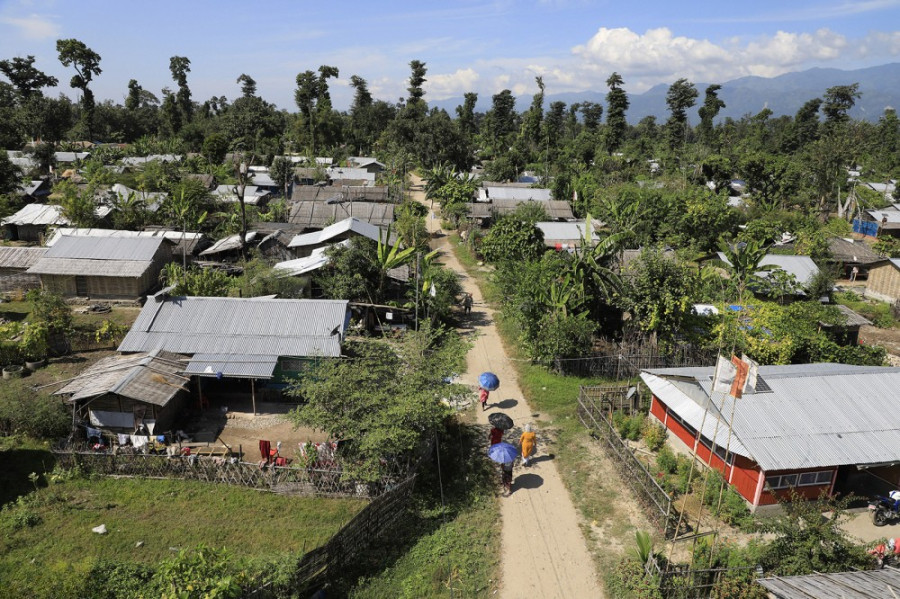
Smruti S Pattanaik
After assuming office as the President of the United States, Donald Trump has not only reversed some of the Biden administration’s foreign policies but also started ostentatious deportation of students and migrants, violating the US laws. Many Indians illegally working in the US were deported, and 12 Bhutanese refugees who had settled in the US as a part of a UN-led third-country settlement to resolve the long-pending Bhutanese refugee issue also suffered the same fate.
However, Bhutan disowned these people as their citizens and deported them. They were given 30,000 Ngultrum each and were escorted by Bhutanese officials to the Indian border, from where they were sent to Nepal. The Nepal police arrested them for illegally entering the country. Families of some of these deportees are still living in camps in eastern Nepal. Notably, they were sent to Nepal in 1990 via the same way.
This is a double whammy for the Bhutanese refugees who were rendered stateless by Bhutan when it decided to expel Lhotshampas (Bhutanese of Nepali origin) from southern Bhutan, alleging that they are illegal migrants. They are now dismissed by the US. Nepal and Bhutan initiated bilateral talks on a four-point agreement that included joint verification by officials from the two countries to identify and repatriate more than 100,000 refugees living in the eastern Nepal camp. However, this did not yield any results. Bhutan refused to take the refugees back, claiming that they are not its citizens but illegal migrants. This four-point agreement was silent on what happens to those who cannot prove themselves as Bhutanese.
In 2007, eight countries—the US, Australia, New Zealand, the Netherlands, Norway and the United Kingdom—joined hands to facilitate the settlement of Bhutanese refugees in their own countries. Some of them, settled in a third country, were also fighting for their right to return to Bhutan. It is worth noting that more than 7,000 refugees who did not opt for third-country settlement are still languishing in the camps as international aid is slowly drying up. Not long ago, in 2023, some Nepali politicians, including former deputy prime minister Top Bahadur Rayamajhi and home minister Bal Krishna Khand, were accused of corruption for providing fake Bhutanese refugee documents to send Nepalis to the US.
Statelessness in the region
Statelessness is not new in South Asia. Bhutan claims that Nepalis entered Bhutan as illegal immigrants and should be expelled from the country, as it feared erosion of its unique identity because of the growing population of Lhotshampas. There were efforts to assimilate and absorb them into a Bhutanese identity under the cultural rubric of Driglam Namzha. This cultural confirmation with the majority has been a part of the nation-building project in Bhutan since 1985, with the enactment of the Citizenship Act.
Similarly, in Myanmar, Rohingyas are not considered citizens but are illegal immigrants as per the 1982 Burmese Citizenship Act. They are also not recognised as part of the country’s 135 acknowledged ethnic groups. The Rohingyas are rendered stateless as they were expelled from the state through violence, and at present, are staying in the refugee camps in Bangladesh’s Cox’s Bazar. The influx of Rohingyas to Bangladesh started in 1978, with a notable one beginning in 2015 and culminating in 2017 with a million more. The Chinese facilitated an agreement between Bangladesh and Myanmar for repatriation. But that has not fructified as Rohingyas do not want to return without a legal guarantee. Moreover, in the unfolding civil war, Rohingyas are recruited both by the Arakan Army and the Tatmadaw, as the Myanmar Army is popularly known.
There is a long-standing issue of ‘stranded Pakistanis’ between Pakistan and Bangladesh. The Biharis (Muslims originally from Bihar) who had migrated to the then East Pakistan opted for Pakistan after Bangladesh was formed in 1971. Most of them became unwanted. While Pakistan took some of these people back in 1998 with the Saudi organisation—Rabita Al-Alam Al-Islami which funded a resettlement plan in Pakistan’s Punjab province—many of them were left behind in Bangladesh for political reasons. Earlier, some of these ‘stranded Pakistanis’ were settled in Karachi.
There was fear that the repatriation of these Bihari refugees from Bangladesh would strengthen the Mohajir Qaumi Movement (MQM) political constituency. Bangladesh had refused to accept them as citizens due to their collaboration with the Pakistan Army to repress the Bengalis during the liberation war. However, the Bangladesh Supreme Court ruled that those born in Bangladesh after 1971 should get Bangladeshi citizenship. Yet, many who are awaiting repatriation are leading miserable lives in congested Geneva camps.
India and Sri Lanka cooperated to end the statelessness of Tamil plantation workers after Sri Lanka implemented the Citizenship Act. Both the Shastri-Sirimavo Pact and the Indira-Sirimavo Pact resulted in the repatriation of Tamil plantation workers at a ratio of 7:4. Those who were born in Sri Lanka after the initiation of the repatriation process were absorbed as Sri Lanka’s citizens. Yet the issue of discrimination against the Tamil plantation workers remains. Moreover, their subject is sometimes merged with the broader Tamil issue in Sri Lanka, which is awaiting a political resolution.
The treatment of Afghan refugees by Pakistan is well known, as some of them were repatriated back to Afghanistan against their will. 80,000 Afghan nationals termed as ‘Pakistan repatriated illegal foreigners’ till April 1 this month. Pakistan considers Afghan refugees a security risk, and they are also accused of being involved in criminal activities.
In all these cases of expulsion, the fear of erosion of identities by majoritarian states of South Asia is visible. This has resulted in a humanitarian crisis and bilateral tensions between the refugee-sending countries and the receiving countries. Politicians view refugees from a political perspective—whether their presence would contribute to their electoral prospects or not. Yet, many of these refugees do not even have access to a livelihood or education. India, which has been home to refugees from the neighbourhood, is not willing to accept any more refugees, both for political and security reasons. Its approach towards Bhutanese and Rohingya refugees is distinct compared to other refugees.
Most of the states look at the refugees as ‘unwanted’ people and a drain on limited resources. They are keen on repatriating refugees as they are an economic burden and put pressure on the local labour market. They lack access to health care and employment opportunities, and many of them have been living for decades, awaiting repatriation to their home. Yet, repatriation has remained elusive as the sending countries do not even accept them. Statelessness is a new reality for millions in this region.




 16.12°C Kathmandu
16.12°C Kathmandu